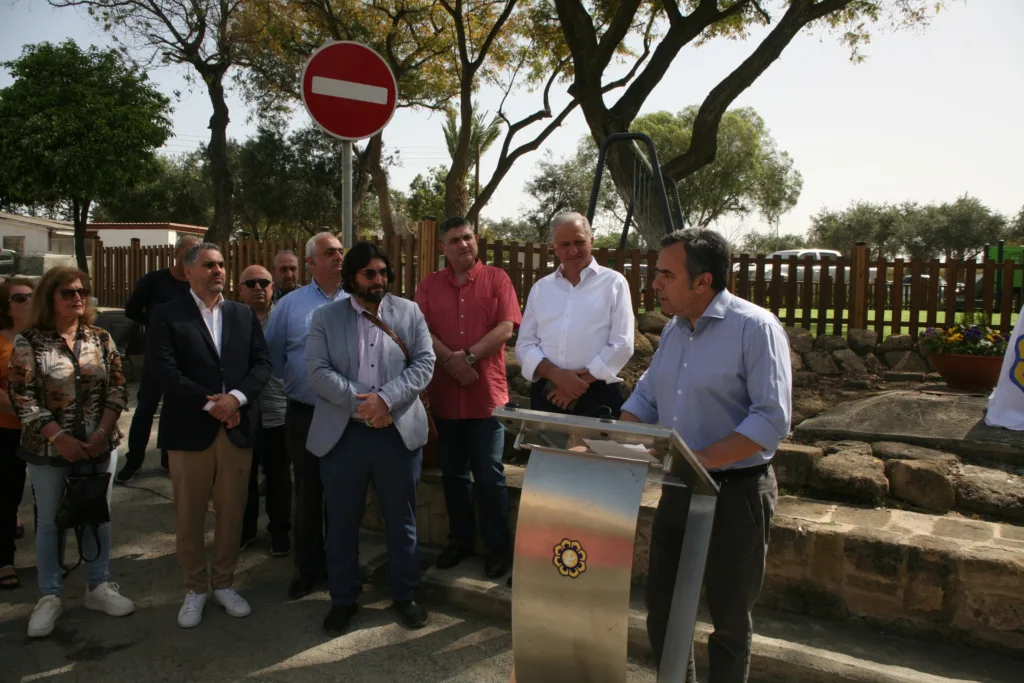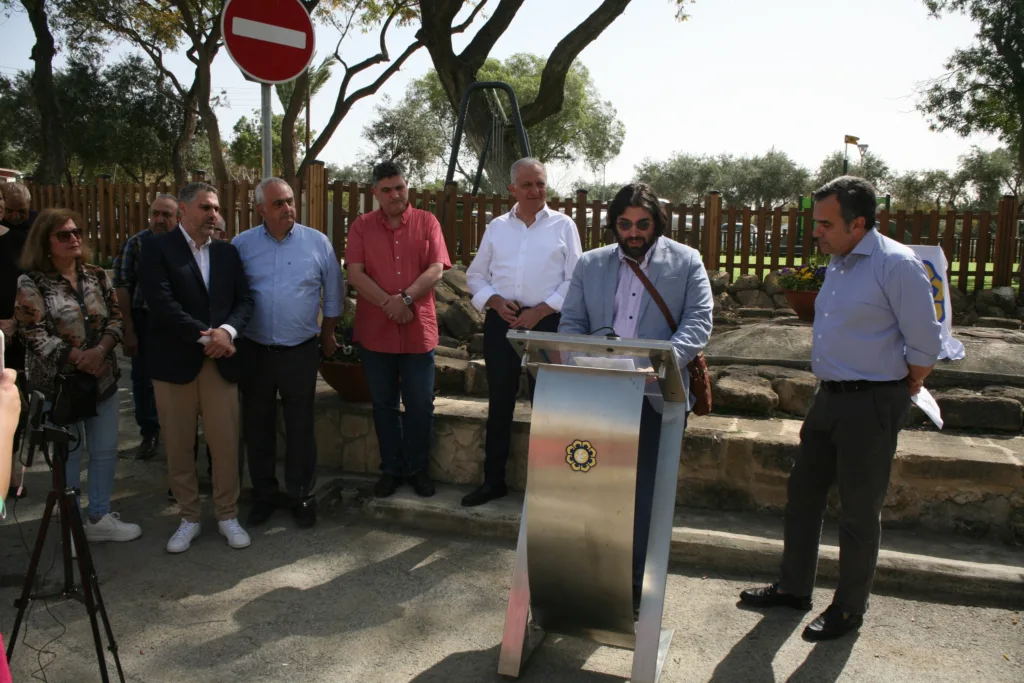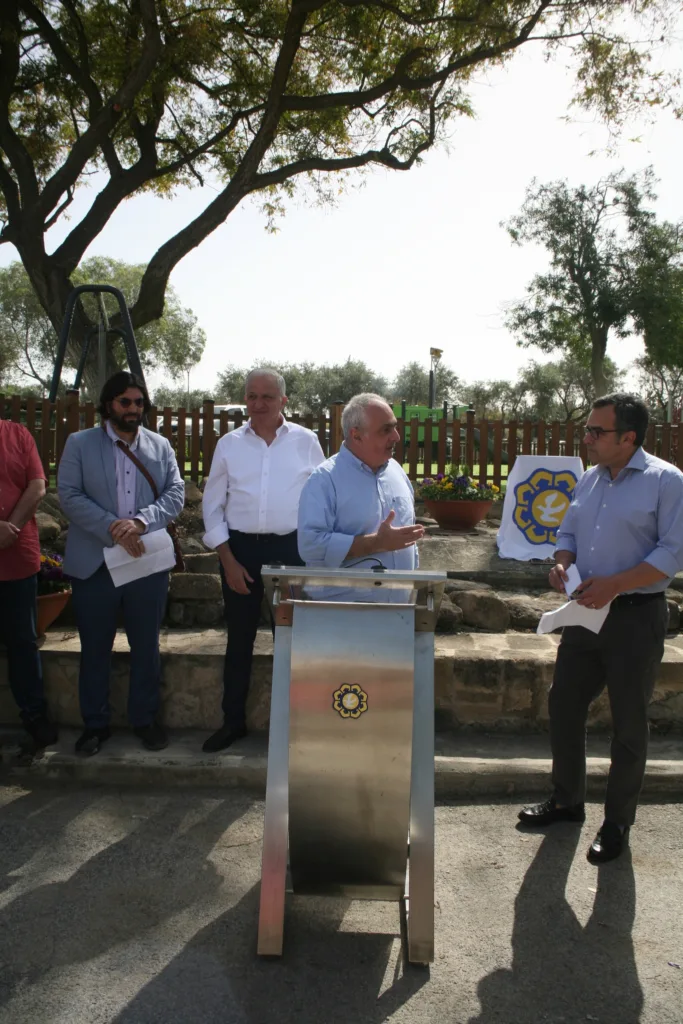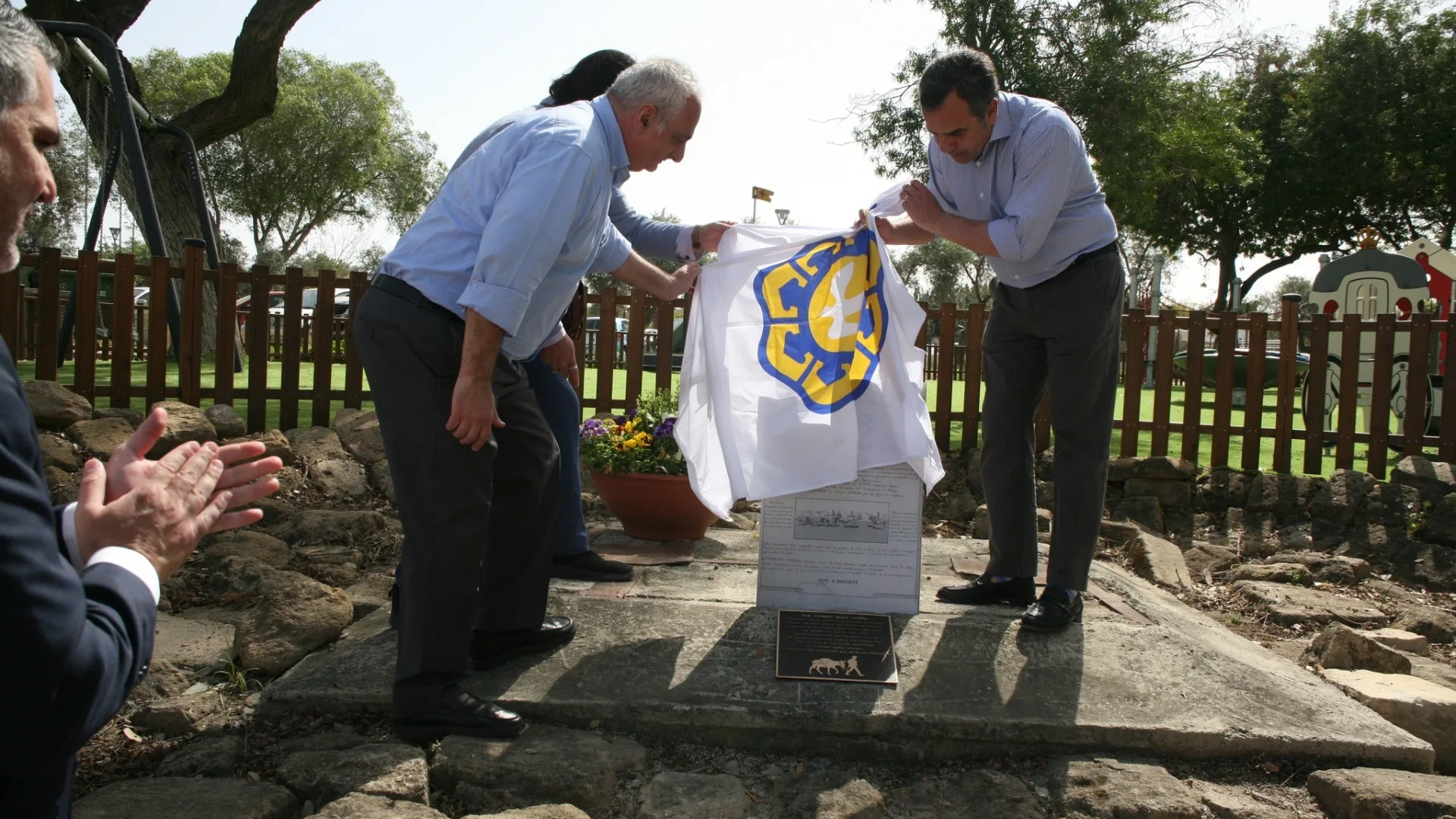On the eve of ANZAC Day, the Board of the Cyprus Community of New South Wales, its Cypriots for ANZAC Subcommittee and Australian War Animals Memorial announced the launch of a fund to install a monument in Nicosia, Cyprus in honour of the Cypriot Mule Corps.
Nigel Allsopp, President of the Australian War Animals Memorial, was instrumental to researching and organising a plaque to honour the Mule Corps that was recently unveiled in Nicosia by the Mayors of the city.
Mr Allsopp said that the unveiling of the plaque was just phase one and more funds will be raised for the development of a life size monument to the Corp.
Nicosia Mayor Constantinos Yiorkadjis and Achilleas Demetriades unveiled the plaque commemorating Cypriot muleteers at the Karafa bastion of Nicosia’s walled city.

The mule corps, made up of Cypriot mules and their muleteers, saw active service between the summer of 1916 and April 1920.
Professor Atrikkos Varnavas of Flinders University, South Australia, said that the Corp played a “decisive role” in supplying British and allied forces in Thessaloniki and Constantinople (Istanbul).
The “Macedonian Mule Corps” was a formation of the British Salonika Army consisting primarily of Cypriot muleteers and their mules.
Professor Varnavas said that about 12,000 Cypriot mule and donkey herders took part in the first World War, and several thousand more served in the second World War alongside the British forces.
“The use of horses, mules, and donkeys on the war front at the time was extremely valuable and important, since they transported military equipment to inaccessible areas that the motorised units of the army could not reach,” Professor Varnavas said.

He added that “Cypriots were excellent operators of these animals due to their agricultural backgrounds.”
He also said 177 members of the Cypriot mule corps were recorded as having died in action and referred to “the joint role of Greek-speaking Christians and Turkish-speaking Muslims who marched and served together.”
Mr Demetriades also spoke on behalf of the Cyprus mule corps initiative group, and thanked both the Nicosia municipality for hosting the plaque, and Mr Allsopp, whose idea it had been to honour the mule corps.
“The ceremony creates a memorial not only for the people but also for the mules which served in the first world war,” Mr Demetriades said, adding his hope that the memorial will “become a point of reference for animal lovers in Cyprus.”
Harry Andrews (veteran) member of the Cyprus Community of NSW‘s ANZAC Subcommittee said that the work of the Mule Corp is often overlooked, but like Simpson and his donkey in Gallipoli the risk and the skills of these soldiers says much about courage and dedication to the cause.

Michael Kyriacou, President of the Cyprus Community of NSW, said “we are thankful for the work of Nigel Allsop to bring to light the deeds of the Mule Corp an integral part of the allies cause.”
Mr Kyriacou noted that the Community is proud to take the lead and be part of this ambitious project to instal a monument of international significance in Nicosia, Cyprus.
“This is what Community is all about, it is our duty to ensure we never forget our veterans, their work with the ANZACs that gave birth to an enduring mateship between Australia and Cyprus,” Mr Kyriacou said.
My Kyriacou said that at the upcoming Federation of Cypriot Communities Conference hosted in Sydney, he will put to his colleagues the need to support and deliver such projects in Cyprus and Australia to educate and remind the community and our allies of Cyprus’ enduring historic role in the world.
